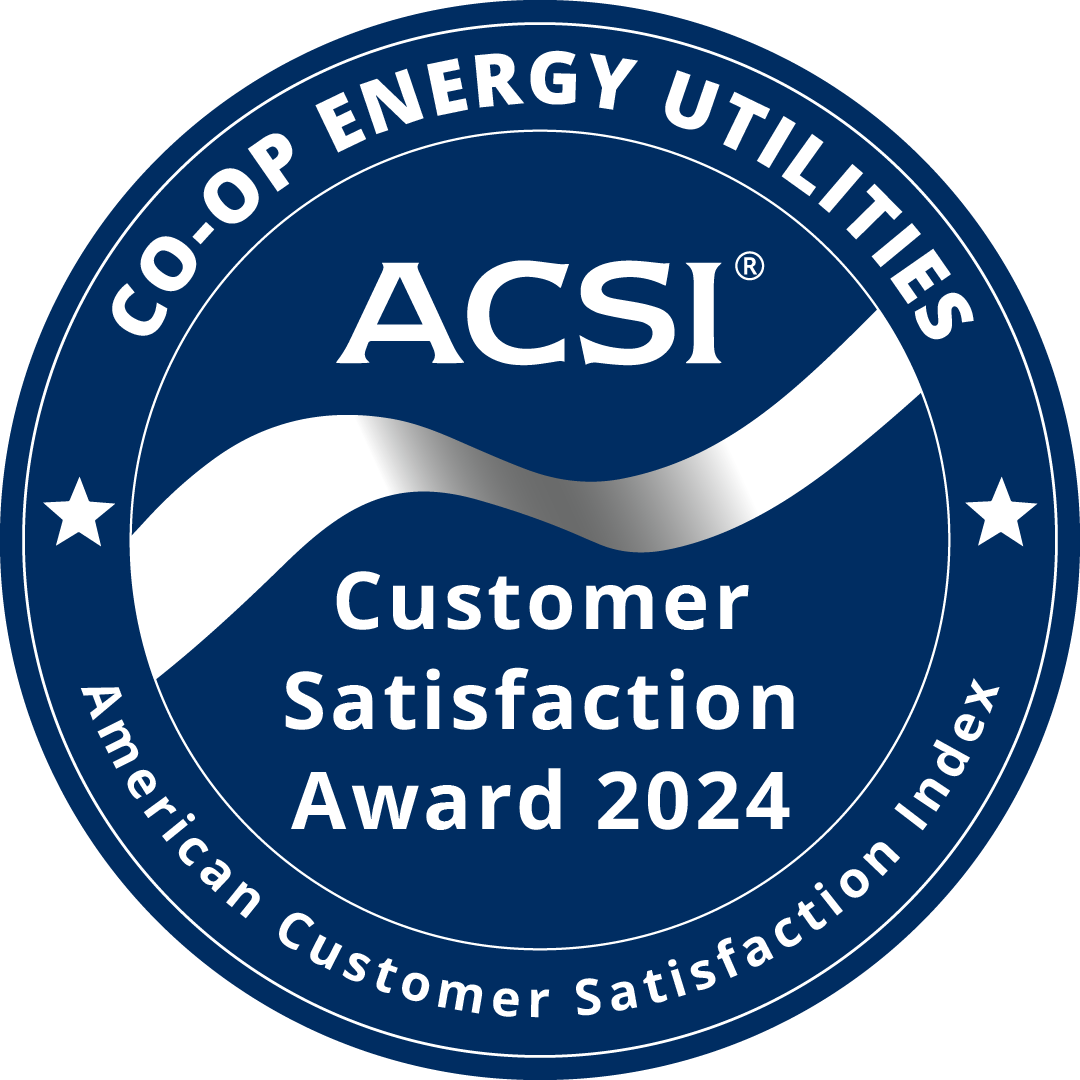Having a generator during power outages can be a comfort and can keep critical appliances running in your home. If not used properly, however, portable generators can damage your appliances and even electrocute you or the people who are restoring power.
If you connect a portable electric generator to the main electrical supply coming into your house, the generator could feed back into the electrical distribution system and electrocute workers who are repairing lines. If used improperly, generators can also damage the appliances you connect.
Connecting a generator to the main electrical supply for your house requires an electrical permit from your town or county. A properly installed transfer switch that does not allow the generator to feed back onto the utility’s distribution system is critical if you plan on connecting the generator to your home or business.
Another consideration is the size of generator you need for the equipment you want to run. Typical generator sizes for home use vary from about 8 to 14 horsepower and can handle 4,000 to 8,500 watts. Before buying a generator or connecting appliances to an existing generator, you need to consider the maximum surge rating, and the continuous power rating of the generator.
To prevent overloading, you should calculate wattage requirements carefully. Items such as televisions, toasters, lamps, hot plates and coffee makers are resistive or constant loads, and their total load can be calculated directly from the manufacturer’s name plate.
Items such as refrigerators, freezers, and air conditioners are reactive loads; they are controlled by motors or compressors. “Reactive loads use more current at start up. It can take as much as seven times more energy to start a motor load than it does to keep it running once the motor or compressor is turning,” said Will Pittman, Carteret-Craven Electric Cooperative’s VP of Engineering and Operations.” Undersized generators may not start a motor or compressor and may even damage your appliances or the generator.”
Beware of Carbon Monoxide Poisoning
Most of the incidents associated with portable generators reported to Consumer Products Safety Commission involve carbon monoxide (CO) poisoning from generators used indoors or in partially enclosed spaces. When used in a confined space, generators can produce high levels of CO within minutes. When you use a portable generator, remember that you cannot see or smell CO. Even if you do not smell exhaust fumes, you may still be exposed to CO.
Never use a generator inside homes, garages, crawlspaces, sheds, or similar areas, even when using fans or opening doors and windows for ventilation. Deadly levels of carbon monoxide can quickly build up in these areas and can linger for hours, even after the generator has shut off. Follow the instructions that come with your generator, and locate the unit outdoors, far from doors, windows, and vents that could allow CO to come indoors.
Learn more by watching this video: https://youtu.be/CGXKfue4ZFY

